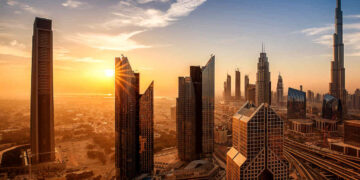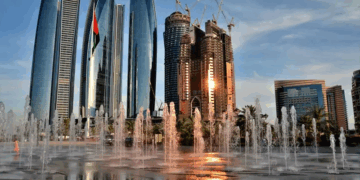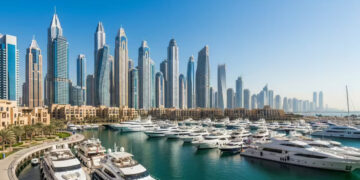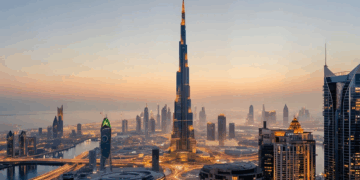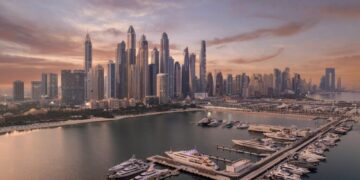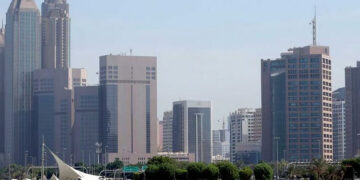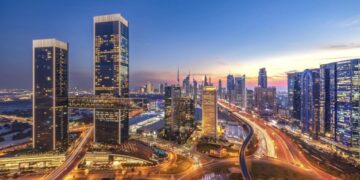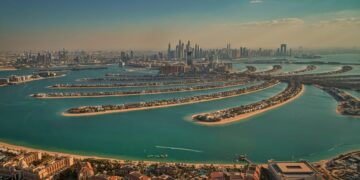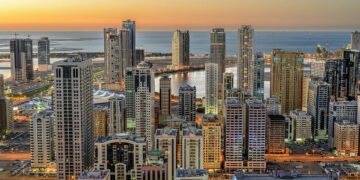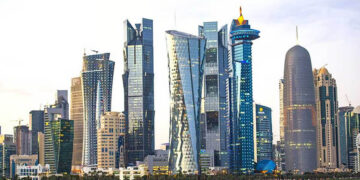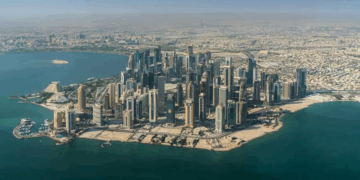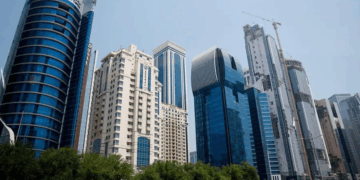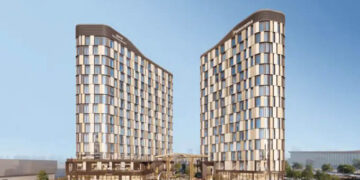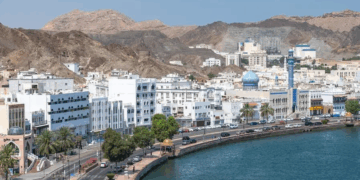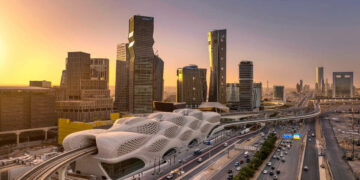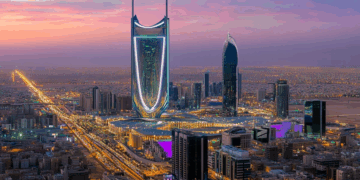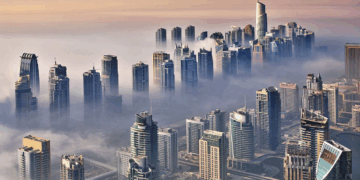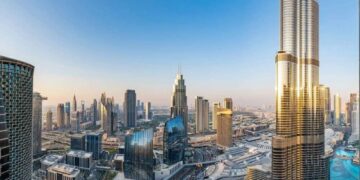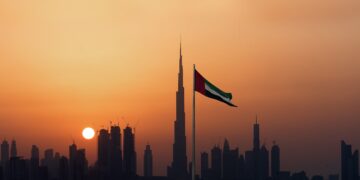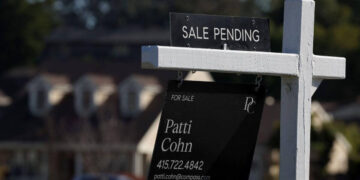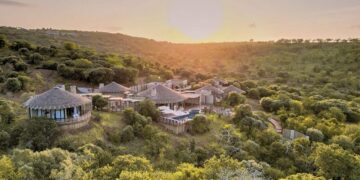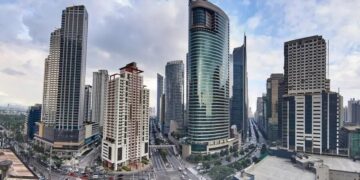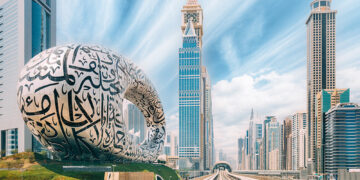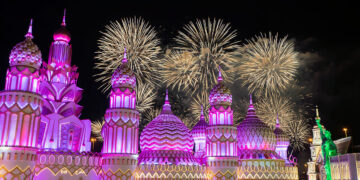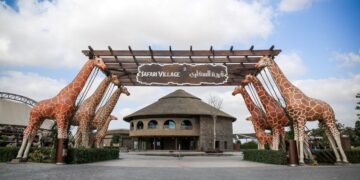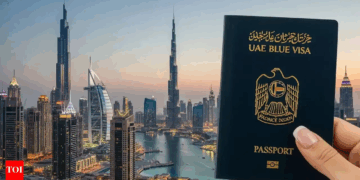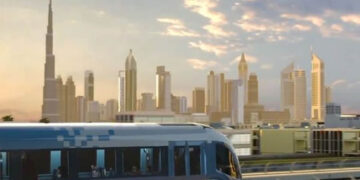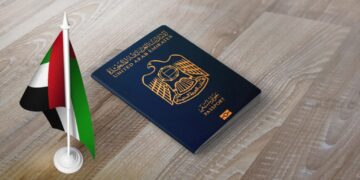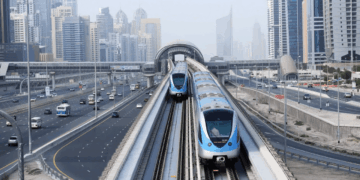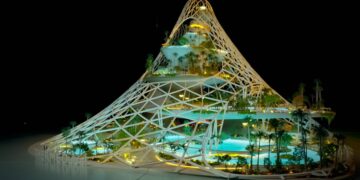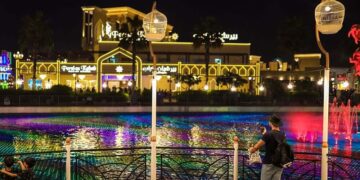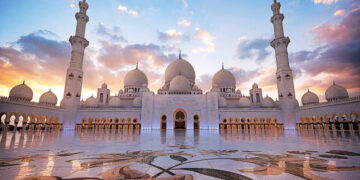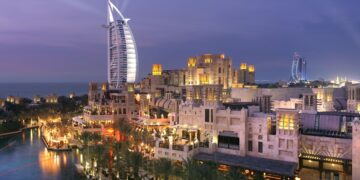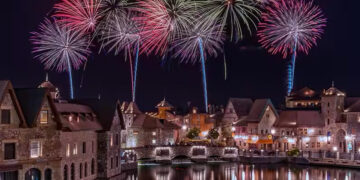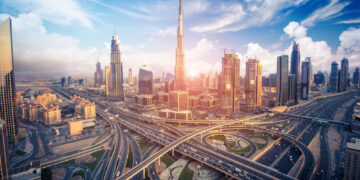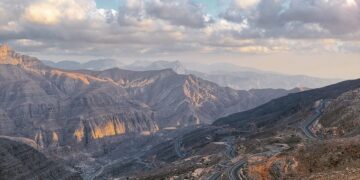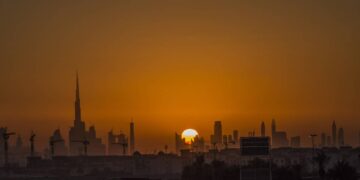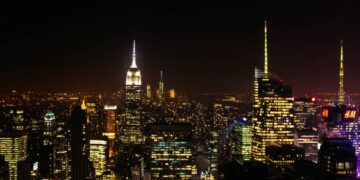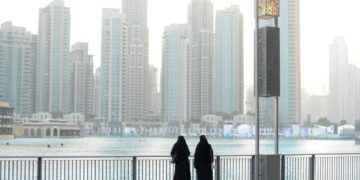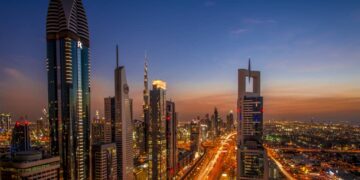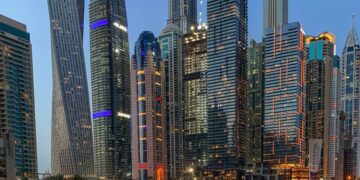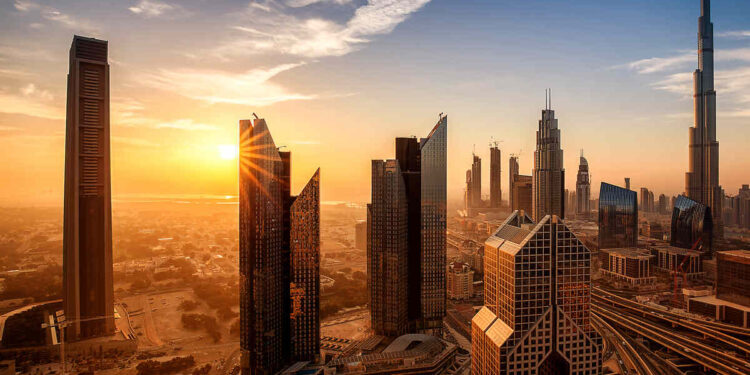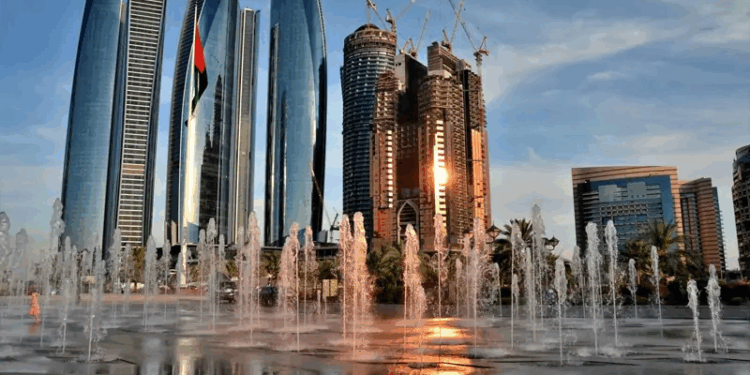After four years of increasing capital values and transaction volumes, Dubai’s luxury real estate industry is still expanding steadily. Strong investor appetite, advantageous regulatory frameworks, and rising demand for luxury properties in Dubai’s real estate market are the main drivers of the upward trend.
According to Savills Middle East’s first Dubai Prime Residential 2025 study, transactions in the AED10 million+ ($2.72 million) segment, a crucial benchmark of Dubai’s prime residential environment, have increased tenfold over the last four years, from 469 in 2020 to 4,670 in 2024. More than 1,300 properties were sold at this category in Q1 2025 alone, a 31% increase from the previous year.
“Dubai’s prime residential market continues to attract high-net-worth individuals seeking space, privacy and superior lifestyle quality. This is particularly evident in the consistent demand for luxury villas and branded residences,” said Andrew Cummings, head of residential agency, Savills Middle East.
Key luxury hotspots emerge across Dubai
Due to a change in customer preferences and growing trust in future stock, off-plan purchases currently make up 69 percent of all AED 10 million+ sales in Dubai’s luxury real estate market, up from just 14 percent in 2020.
New construction projects including Palm Jebel Ali, District One West, and The Acres had some of the largest transaction volumes among villas, while Downtown Dubai, Palm Jumeirah, and Dubai Harbour continued to be popular apartment complexes.
Jumeirah Islands is a prime example of Dubai’s thriving luxury villa market; in 2024, 89 properties sold for more than AED10 million, a sharp increase from the zero sales that occurred before to 2021. Additionally, more homes in the neighborhood are selling for more than AED 20 million, mostly as a result of excellent restorations.
Dubai’s prime segment to grow 8–10 percent in 2025
With 70% of deals in 2024, villas currently make up the majority of the AED 10 million+ real estate market in Dubai. Demand is still high for both types of apartments, particularly in branded and lifestyle-driven developments, even though beachfront apartments are more expensive per square foot, costing AED5,400.
The forecast for the premier segment is still favorable, as Dubai is the world’s busiest city for branded housing and is predicted to account for 40% of all constructions in the Middle East and Africa by 2031.
“Recent master plan announcements, including the development of Jebel Ali Racecourse and the second phase of Jumeriah Golf Estates, alongside launches such as Emaar’s Grand Polo Club and Resort look set to deliver further prime product to Dubai’s residential market,” Cummings concluded.
Savills anticipates continued momentum through the year, with projected growth of 8–10 percent for the prime segment in 2025, as wealth migration, new masterplan communities and lifestyle-led developments reshape Dubai’s upper-tier housing market.
Savills predicted that the premier category will increase by 8-10 percent in 2025 as wealth migration, new masterplan communities, and lifestyle-driven developments continue transforming Dubai’s upscale real estate market.
